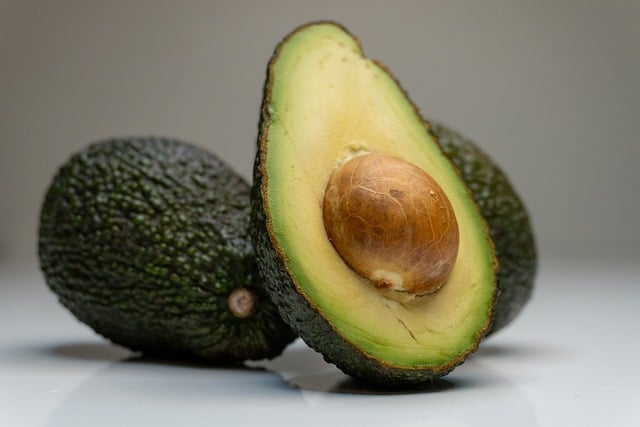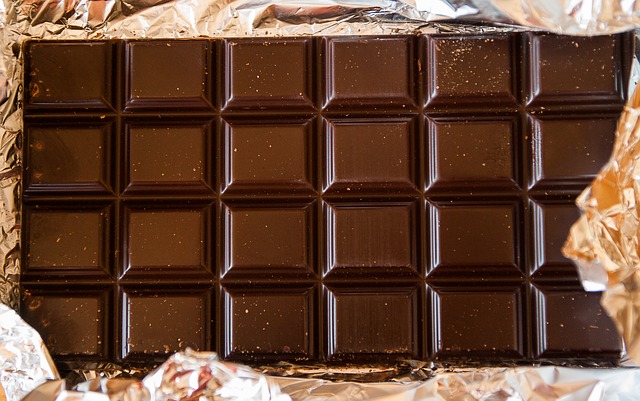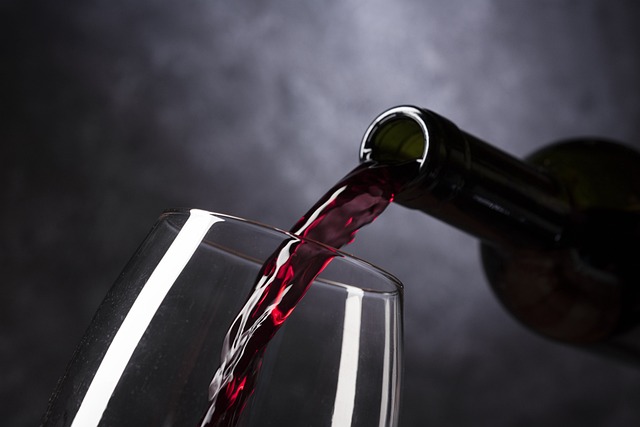Avocado toast, the popular Millennial breakfast and Gen Z favorite, is meeting the climate crisis head on. It’s so bad, in fact, that Super Bowl guac may soon become a thing of the past—or at least prohibitively expensive.
Besides this trendy fruit, other beloved dietary must-haves like coffee, chocolate, beer, wine, and even ketchup are at risk of climate extinction. Food shortages and high prices for these products signal that their climate extinction is closer than you think.
Avocados and the climate crisis

According to a 2024 report by the nonprofit Christian Aid, merciless, extended drought intensified by rampant, human-caused fossil fuel burning is making it more difficult to sustain high production from thirsty avocado trees. Projections of up to 59% yield reductions by 2050 are likely.
“Avocados might be a superfood but their kryptonite is climate change. They are thirsty plants that are ill-suited to a hotter, drought-prone planet,” said Mariana Paoli, Global Advocacy Lead at Christian Aid.
Water scarcity is the main driver of avocado climate extinction. Estimates of 80 gallons of irrigated water per avocado are common across all avocado-growing regions, and squeezing this amount of water out of the ground is becoming next to impossible. To make matters worse, sudden underground, avocado-related aquifer withdrawals lead to earthquakes.
Tragically, water needed to meet the crop’s high growth requirements is often illegally taken from locals in other countries that produce avocados, such as Chile.
Recent revelations that over 4o,000 acres of forest were illegally cleared in Mexico to make way for avocado plantations intended to meet the American demand for this heart-healthy, monounsaturated fatty fruit evoke anger in local communities who depend on the forest for their livelihoods. The loss of biodiversity, erosion control, and carbon sink capabilities diminish the quality of these valuable ecosystem services of mature forests when they are decimated.
Coffee and the climate crisis

Multiple studies in global coffee-growing regions present a grim picture of your favorite cup of joe’s future. Reductions in climatic suitability as high as 98% by 2050 in most countries portend a veritable coffee apocalypse. Making matters worse is the increasing threat of coffee pests like the coffee borer beetle and fungal infections as the climate collapses.
However, bits of good climate coffee news are emerging. Greater future suitability for coffee growing in high-altitude regions is possible, but this will require even more deforestation, bolstering coffee’s bad reputation as one of the top six agricultural drivers of deforestation.
To avoid that ecological disaster, lab-grown coffee may save the day. As Minus, makers of beanless coffee unabashedly boasts: beanless coffee “gives you that legendary coffee taste and all the morning pick-me-up you crave, while also leaving you proud that you’re doing your part to help unf–k the planet.”
Chocolate and the climate crisis

Extreme rainfall in West Africa where two-thirds of the world’s cacao trees grow has led to a rapidly spreading virus known as cacao swollen shoot virus disease (CSSVD) infecting cacao pods from which chocolate is made. CSSVD is transmitted by mealybugs, largely resistant to pesticides. Tree vaccines work to control the spread but they are expensive for poor African farmers who already get short-shifted for their valued commodity when corporate bosses suck up their profit while they subsist on pennies per day.
In response, cocoa farmers in Ecuador, Brazil, Indonesia, and Peru are selling their cacao beans at record prices and planting galore with the profits.
For added insight, listen to Bloomberg reporter Mumbi Gitau explain how the climate crisis is wreaking havoc on cacao harvests in West Africa.
Chocolate is water-intensive like other foods heading to climate extinction. A 4-ounce bar requires 516 gallons of water to produce. Unlike other thirsty crops though, cacao trees are rainfed, so at least over consumption of groundwater is not a problem.
Wine and the climate crisis

The wine industry is being repeatedly blindsided by the climate crisis in major wine-making regions the world over. Heatwaves shrivel grapes while still on the vine, and wildfire smoke negatively impacts flavor up to 100 miles away from a blaze, making the wine undrinkable.
In 2021, for example, major wine country France had its smallest harvest since 1957, suffering a $2 billion loss in sales. In that year, the country experienced an exceptionally mild winter followed by sub-zero temperatures for several days in early April, indicative of global heating and jet stream abnormalities, respectively, both symptomatic of the climate crisis.
More notably, global heating has advanced the grape growing cycle by 10-14 days, permanently altering the flavor profiles of fine wines through increased alcohol content and lower acidity.
Lastly, hail is also increasingly common in European vineyards, relentlessly destroying harvests. A 2024 study projected that over 90% of today’s prime wine regions will be gone by 2100 due to climate extremes and variability with the possible emergence of a few new ones more suitable to wine-making in northern France and southern UK, but depending on novel, climate-resistant grape varieties sure to serve up different wine flavor profiles.
Beer and the climate crisis

Locally sourced ingredients and eco-friendly brewing techniques make craft brews a Millennial favorite. Tragically, a 2023 study showed the extreme climate sensitivity of hops, essential to beer-making, is altering beer’s flavor and raising its cost.
Since hops account for only 4% of a beer’s cost, these effects may not be immediately apparent. But they’re on the way, so enjoy all your favorite brews while you can.
